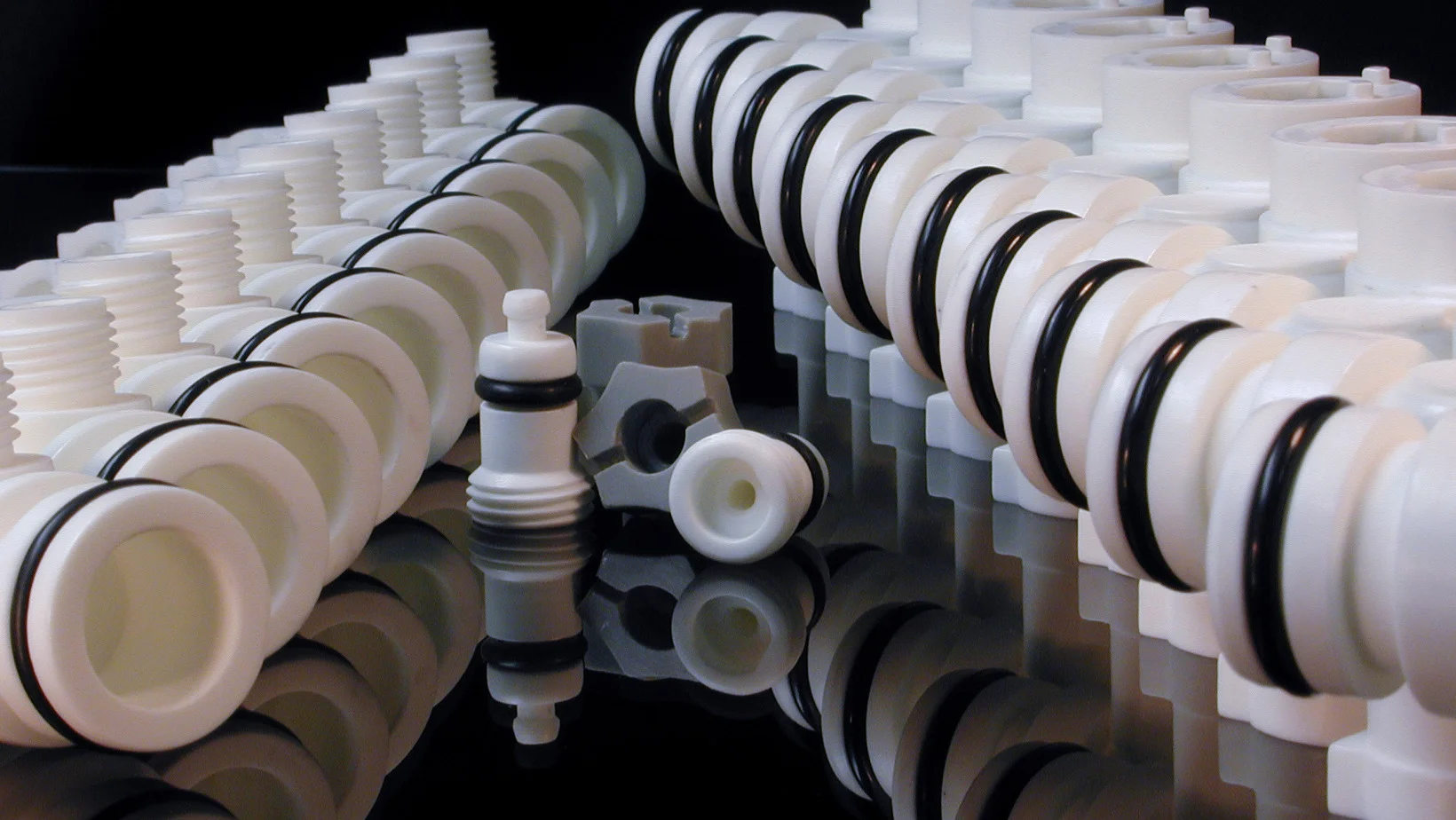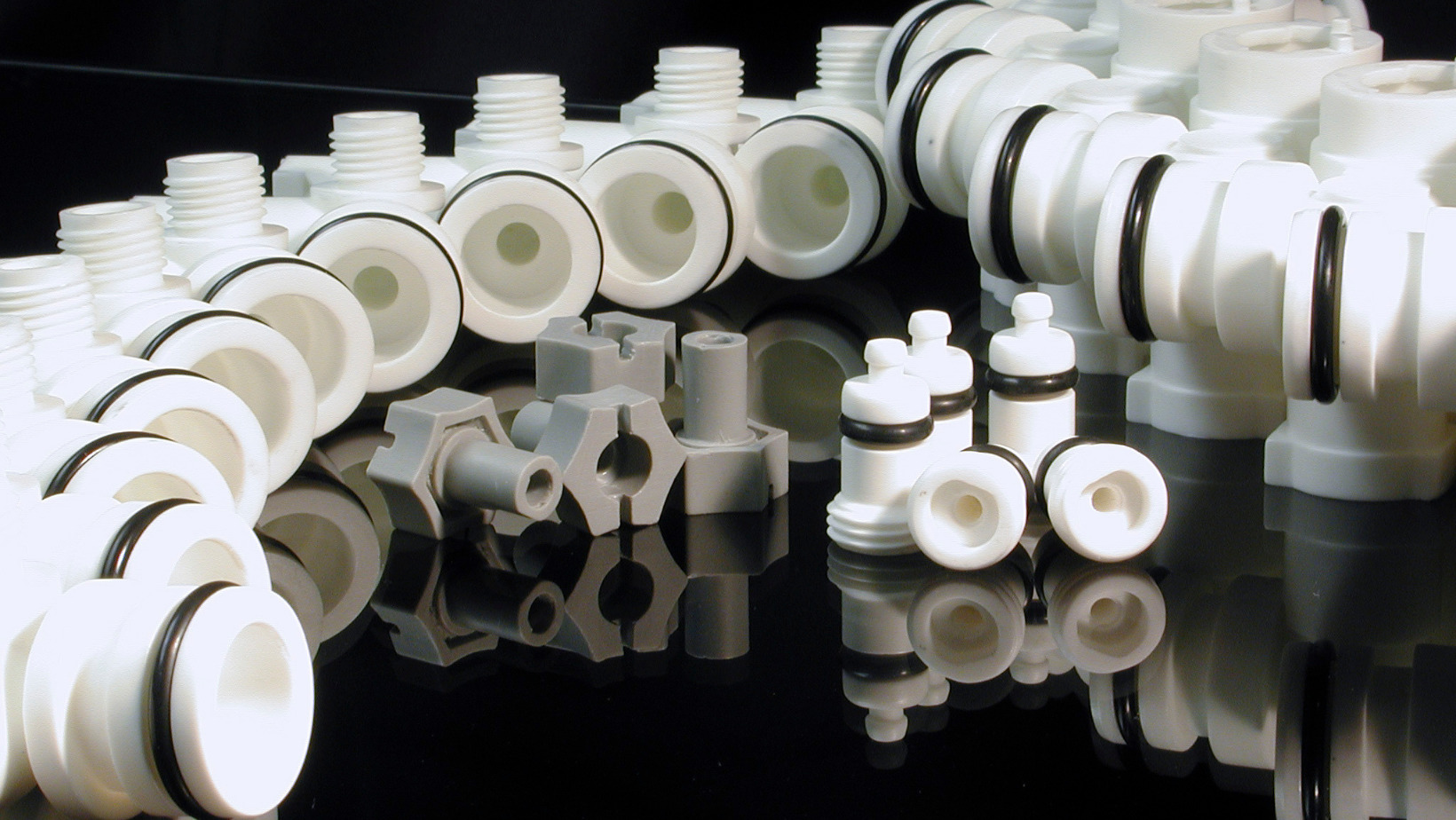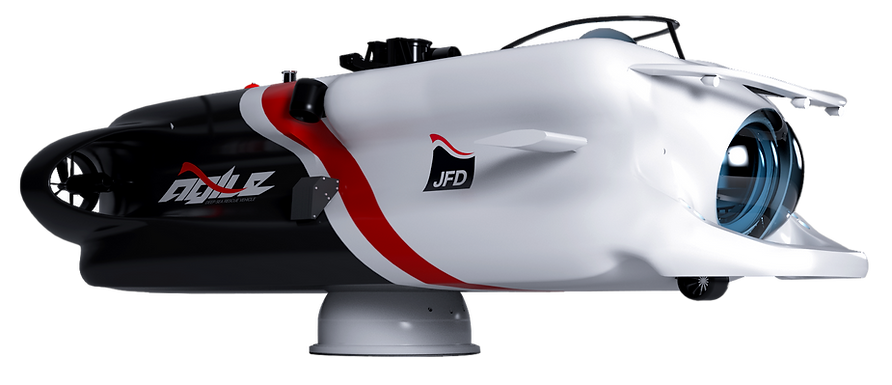Low Volume Production
Specialists in producing 1-1000’s of parts ranging from prototypes to small-scale production runs of up to several thousand parts, providing flexibility between prototyping and mass production. This approach allows you to test market demand, refine processes, and bring products to market faster.
Two of the UK’s largest 3D printers
Custom parts delivered in days
Ideal for low volume production and rapid prototyping








Get Your Quick & Easy Project Quote Today
Low Volume Production Services
Malcolm Nicholls Ltd Low Volume Manufacturing and batch production Experts
Benefits of Low Volume Production
24/7 Production
Speed to Market with 24/7 Capacity our machines operate around the clock, giving your low-volume project the priority it needs. This capacity ensures fast turnaround times often in days helping you beat competitors to market and meet aggressive deadlines
Unrivaled Expertise & Heritage
Benefit from over 50 years of expertise in high-quality rapid prototyping and low-volume manufacturing. Our reputation is built on a unique blend of cutting-edge 3D printing technology and the precision of traditional craftsmanship and model making.
Minimal Investment, Maximum Flexibility
Start production without the huge initial capital expenditure required for conventional mass production tooling. We use cost-effective methods (like Vacuum Casting, Soft Tooling, and CNC) that allow for quick design iterations and modifications between batches, saving you money and reducing risk.
Various Options
There is a wide variety of resins and materials available for 3D Printing or Vac Casting, with different properties such as strength, flexibility, and biocompatibility. Our materials are extremely durable making them excellent for snap fits.
Virtually Optically Clear Parts
We have mastered virtually optically clear parts from our Stereolithography machines, to help you see inside your assembly.
Comprehensive, Unbiased Process Selection
Unlike companies limited to one technology, we offer a full suite of low-volume processes (SLA, SLS, Vacuum Casting, CNC, RIM, and more). Our in-house consultants choose the absolute best method for your specific application, part complexity, and material requirements.
Why Choose MNL Low Volume Manufacturing Services?
At Malcolm Nicholls Ltd (MNL), we specialise in providing low-volume manufacturing solutions designed to meet the unique needs of businesses across various industries. Whether you require a bespoke one-off item or a small production run of up to 1,000 parts, our tailored processes ensure precision and flexibility at every stage. With decades of experience, we’ve built a reputation for delivering high-quality parts that meet the exact standards of our clients.
As the UK’s leading low-volume manufacturing services company, we produce exceptional results without expensive tooling, making our services cost-effective and efficient. We pride ourselves on fast turnaround times, ensuring your parts are delivered promptly to keep your projects on track. Combined with rigorous quality control, we guarantee every part is crafted to the highest standard, whether for automotive, consumer goods, or other specialised sectors.
At MNL, our team of skilled professionals is dedicated to supporting your business goals by offering reliable, scalable, and budget-friendly solutions. Choose MNL for a partner who understands your low-volume production needs and is committed to exceeding your expectations.


One Off’s To Thousands of Parts
The greatest benefit of low volume production is that there is no minimum order value or quantity. You can trial anything from a single product to a few hundred.
Malcolm Nicholls Ltd can produce one off’s or 1000’s of low volume parts. Whether you require one or multiple parts low volume manufacturing with us is cost-effective and time-effective with parts usually delivered in days. We can assist you with refining designs of 3D printed components on a frequent basis to help improve part functionality.
Our experienced team can evaluate your specific requirements and establish the most appropriate method for direct digital manufacturing.
Contact us today to talk to us about your project and the different low volume production methods we can offer, alternatively if you know which method you require you can request a quick quote online by uploading a CAD drawing here.
Our Low Volume Manufacturing Services
Industries we can support with Low Volume Production
Cars
Small Business
Our SLA Machines & Materials
We operate a comprehensive suite of SLA 3D printing machines, enabling us to handle projects of all sizes and complexities with exceptional quality. This ensures we can select the perfect machine for your specific needs, whether you require a small, highly intricate component or a large multi-part assembly.
Our diverse range of machines allows us to build parts quicker and more efficiently, streamlining the entire production process from printing to finishing. This flexibility, combined with our decades of expertise, allows us to provide a cost-effective solution without compromising on detail or accuracy.
For materials, we utilise industry-leading resins to meet a wide array of project requirements. We offer Somos Watershed, known for its water-resistant properties and durability, and Somos Taurus, which is ideal for demanding applications requiring strength and high temperature resistance.
Ready To Get Started?

SLA for Large Parts
MNL boasts two of the UK’s largest resin 3D printers, producing exceptional quality large parts with super-fast turnaround times. Our NEO800 systems offer intricate detail and smooth sidewalls thanks to 1-micron scanning resolution and a variable spot-size laser. The spot-size laser goes small for intricate detail on the boundaries of parts and then it goes larger for filling in the rest of the section. As a result, we can produce intricate parts and reduce finishing times by up to 50%. We also have a team of professional model makers who can fabricate larger parts easily!
Virtually optically clear SLA 3D printed parts?
Our team of 3D printing experts have mastered virtually optically clear parts from our Stereolithography machines, we can help you see inside your assembly, utilised by many of our clients for flow testing and analysis as well as replicating glass for many designs. Glass like SLAs can be achieved with MNL not just for lenses and lighting based components.
Post Processing & Finishing
Post-processing your SLA is critical to get the most out of your 3d print. This multi-step process involves removing excess resin, curing the part for optimal strength, and potentially sanding and finishing for a desired aesthetic.
Depending on your desired outcome, we offer various finishing techniques, like painting or polishing, and we can personalise your creation for specific applications.


Order 3D Printed Parts
Getting a quote for your 3D printing project has never been easier. We offer three straightforward options to meet your needs.
Option One – Perfect for those seeking a swift and hassle-free 3D printing quote.
Option Two – If your project requires more than just printing, option two is your go-to choice, where we can provide quotes for CNC machining, surface finishing, vacuum forming, and vacuum casting for your 3D parts.
Option Three – For large, complex, intricate, or multi-part projects, look no further than option three. Give us a call, and our team will be more than happy to assist you in bringing your vision to life.
At Malcolm Nicholls Ltd, we make quoting fast, easy, and simple.








Get in touch
Address
Waterloo Industrial Estate, Waterloo Cres, Bidford-on-Avon, B50 4JH
Call Us
01789 490382
Email Us
quotes@mnl.co.uk




